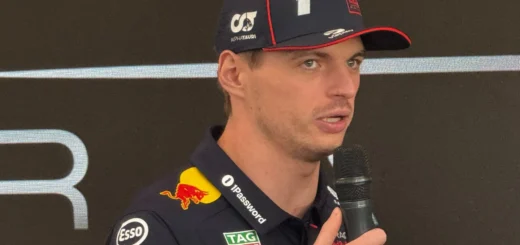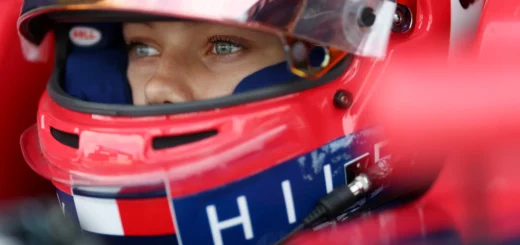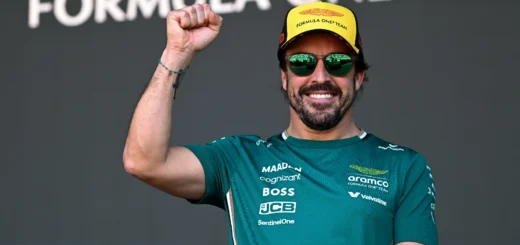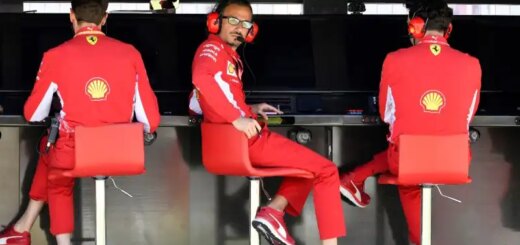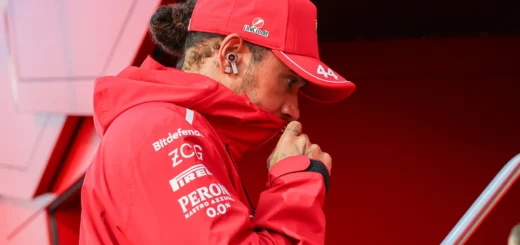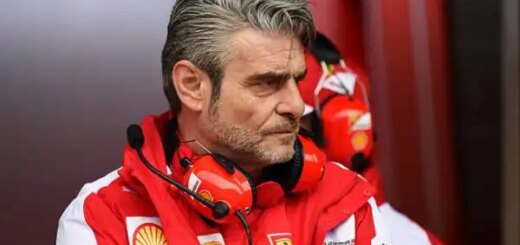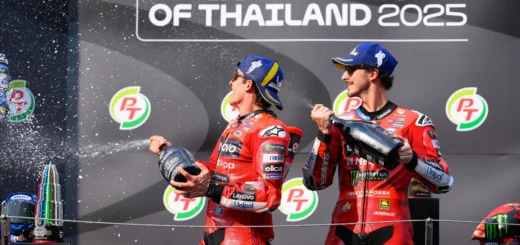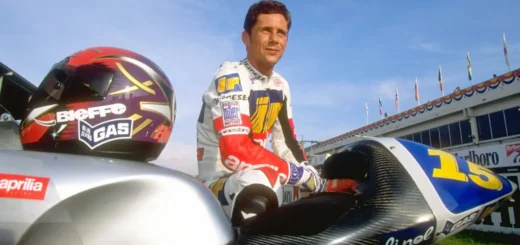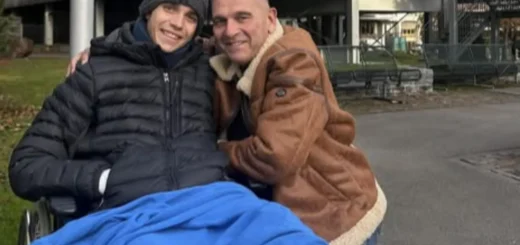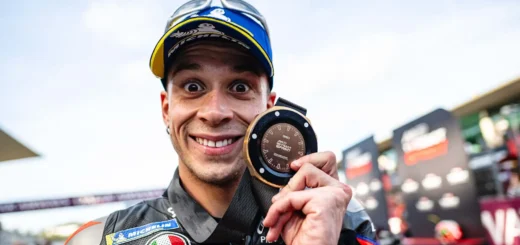FIA provides clarity after disqualification of Charles Leclerc and Lewis Hamilton
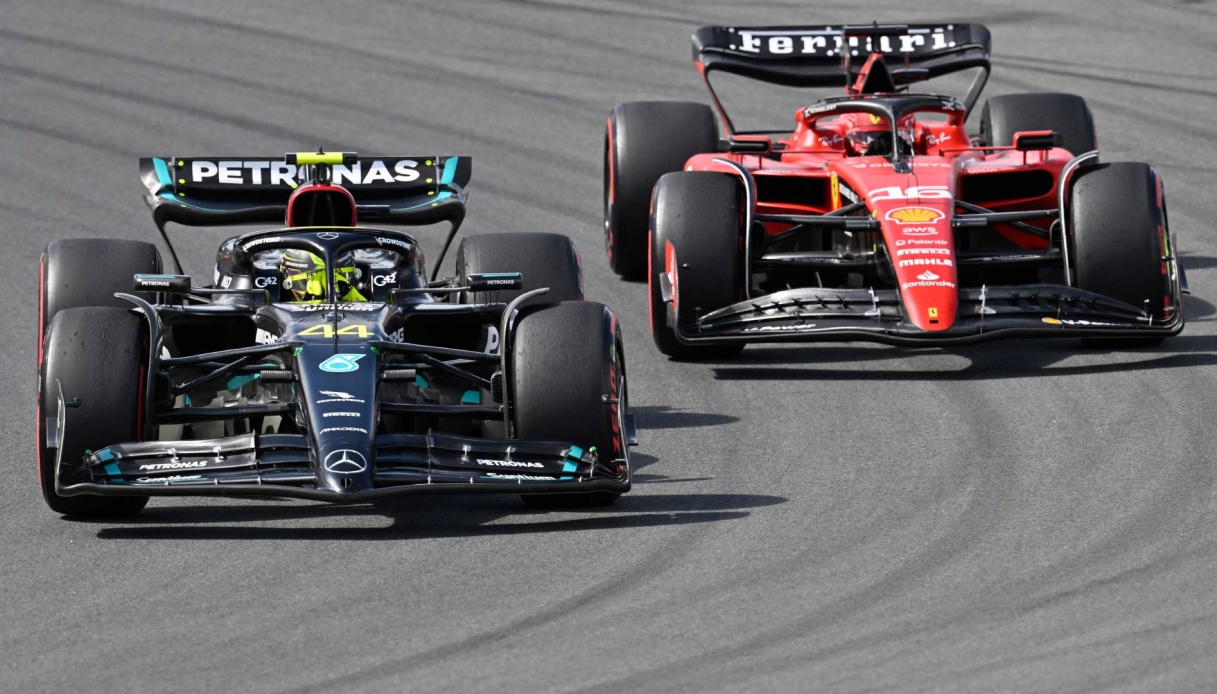
The FIA provides clarity after the disqualification of Charles Leclerc and Lewis Hamilton
The disqualification of Charles Leclerc and Lewis Hamilton after the U.S. Grand Prix has generated controversy about the failure of the FIA commissioners to check other single-seaters, which in this regard, è intervened with an official note.
"The process of random checks è has been in place for many decades and exists to ensure compliance with regulations by virtue of the fact that teams do not know before the race which specific areas of the cars might be examined beyond the standard checks carried out on each car each weekend, the International Automobile Federation clarifies. This means that, from their point of view, any part of the car could be checked at any time and the consequences of not complying with the Technical Regulations could be serious".
"The FIA’s F1 technical team has a wealth of experience and data from a plethora of sources and sensors to help decide which aspects of compliance can be checked,” the FIA adds. In most cases, all cars are found to be compliant. However, as è happened in Austin, occasionally violations of the rules are found and reported to the stewards, who decide on the appropriate action to be taken".
The main problem lies in the short amount of time available to conduct such detailed checks: "Conducting these tests involves an enormous amount of work in the short time available after the conclusion of a Grand Prix and before the cars must be returned to their respective teams to be disassembled and transported to the next race. However, even if a wide range of checks are carried out, è it is impossible to cover all the parameters of each car in the short time available".
"The technical verification process is not limited to post-qualifying and post-race checks. The FIA also conducts additional examinations between qualifying and the race, and in addition to the number of cars selected for post-qualifying checks, at least one is selected for an even more detailed analysis of internal components. These "deep" analyses are invasive and often require the disassembly of significant components that are not checked regularly because of the time needed to perform the procedure" concludes the FIA.



